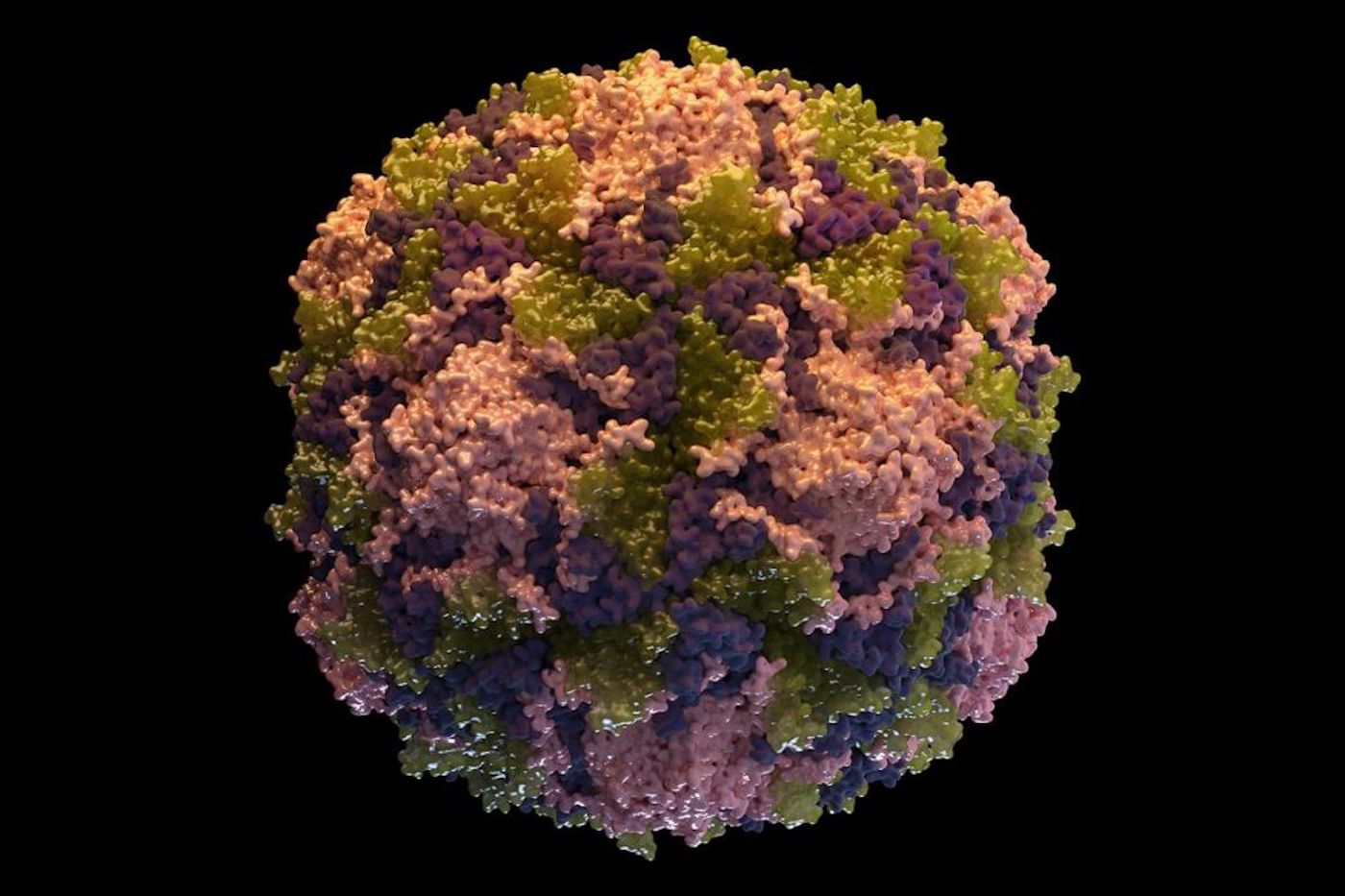How Viruses Keep the Infection Going
There has long been debate about whether viruses are a form of life, because many of them are only made up of a bit of genetic material that’s enclosed in a package. That genetic material usually has to be dumped into a fully functional cell in order to generate proteins and more viral particles or virions; viruses can’t usually replicate on their own without infecting a host cell.
Scientists have now learned more about how some viruses, specifically some cold viruses and poliovirus, package their genetic material and create new infectious particles or virions so they are able to infect more cells. The findings, which could open up new options for treating viruses, have been reported in PLOS Pathogens.
"This study is extremely important because of the way it shifts our thinking about how we can control some viral diseases. If we can disrupt the mechanism of virion formation, then there is the potential to stop an infection in its tracks," said the co-supervisor of the study Professor Peter Stockley, former Director of the Astbury Centre for Structural Molecular Biology at the University of Leeds.
While we know that infected cells generate new virions, what has been unclear is how these virions are assembled so they can go on to infect other cells and start the process of generating new virions over. The mechanisms that are used to create new virions seem to remain stable.
"Our analysis suggests that the molecular features that control the process of virion formation are genetically conserved, meaning they do not mutate easily - reducing the risk that the virus could change and make any new drugs ineffective," added Stockley.
In this work, the researchers focused on a virus that infects cows but not people and acts as a kind of stand-in for poliovirus in laboratory studies, called Enterovirus-E. Rhinoviruses, which cause the common cold, are Enteroviruses. The researchers determined that there are portions of RNA molecules called RNA packaging signals that work with proteins that help encase the virus, and together they can properly assemble new infectious virions.
This study also identified places on RNA molecules that may be acting as packaging signals. They were able to apply cutting edge microscopy techniques to actually visualize the process in action.
"Understanding in detail how this process works, and the fact that it appears conserved in an entire family of viral pathogens, will enable the pharmaceutical industry to develop anti-viral agents that can block these key interactions and prevent disease," said study co-supervisor Professor Reidun Twarock of the University of York.
Sources: AAAS/Eurekalert! via University of Leeds, PLOS Pathogens









